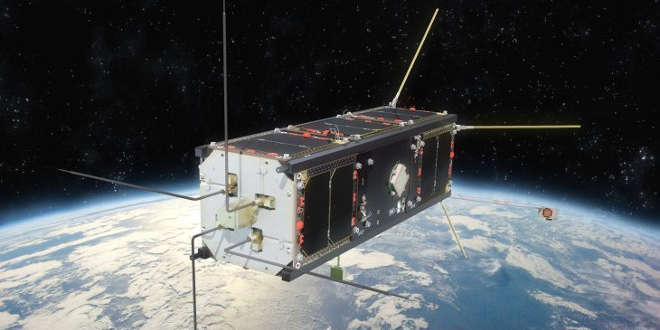The Canadian Space Agency (CSA) has released a Request for Information (RFI) tender aimed at companies who are interested in supporting the Canadian CubeSat Project (CCP).
Specifically the CSA is “interested in offering expertise, products and/or services to faculty members in post-secondary institutions that have shown an interest in participating in the CCP.” Those companies that are interested, have until August 18 to submit their interest.
It was late April when the government announced that it would allocate $8 million for the CCP.
The project, aimed at post-secondary institutions, will provide up to 13 grants valued at $200,000 that will encourage students to develop and build their own satellites as part of post-secondary institution team. One of the projects goals is to have participation from each province and territory so you could see several institutions from the the same province or territory working together.
Cargo Launch and Deploy from the ISS
At the time of the announcement the intention was to issue the Announcement of Opportunity (AO) in September. The three year project would then start in the spring of 2018 and culminate with the CubeSat’s being launched to the International Space Station (ISS) on a regular NASA cargo resupply mission and then have the satellites deployed by an astronaut. It is possible that Jeremy Hansen might be aboard the ISS at the time and could deploy the satellites.

A CubeSat is a type of very small satellite and are part of the nanosatellite class of satellites.
The standard CubeSat specifications were developed in 1999 by California Polytechnic State University and Stanford University. The CubeSat form factor is that of multiples of 10 cm cubes and typically weigh less than 10kg.
According to the CSA, they plan “to support three sizes of CubeSats: 1U (10 cm × 10 cm × 10 cm and 2.4 kg), 2U (10 cm × 10 cm × 20 cm and 3.6 kg) and 3U (10 cm × 10 cm × 30 cm and 4.8 kg). Priority will be given to 1U and 2U”.
Once launched from the ISS, they will be an ISS type orbit, approximately 400 km perigee by 410 km apogee, and at a 51.6o inclination.
 SpaceQ Space news and analysis.
SpaceQ Space news and analysis.




